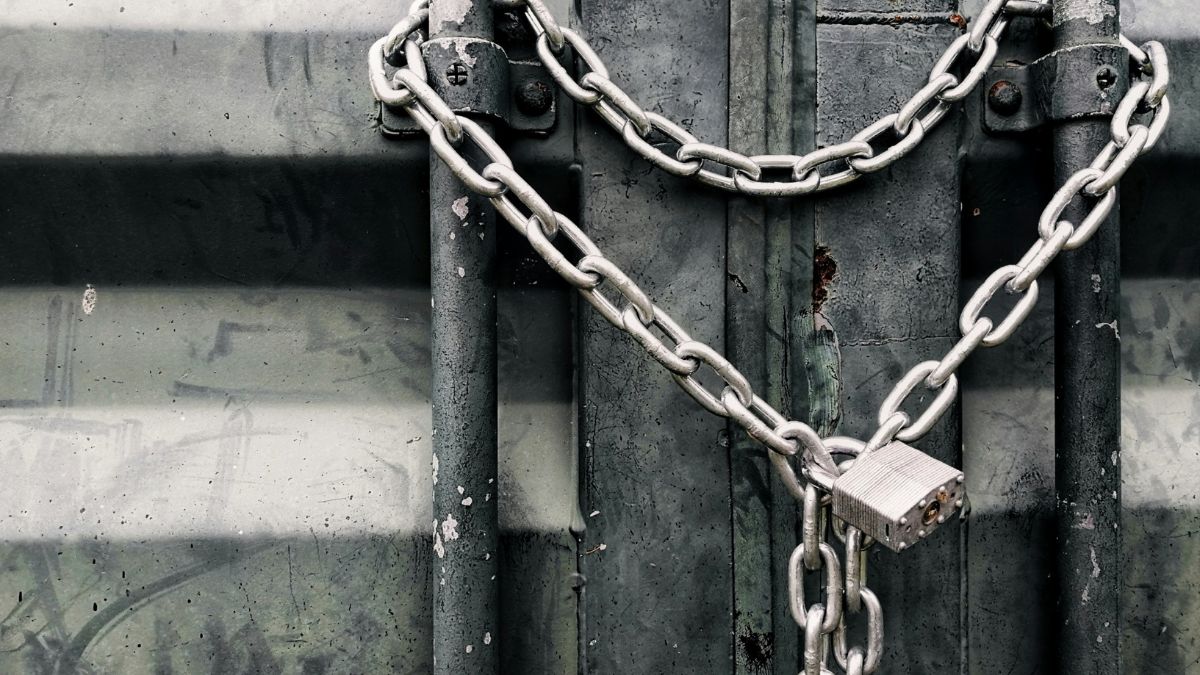


Like most schools, Princeton University has a strict code of conduct that demands respect for all members of the campus community. The code is rigidly enforced — except, that is, when it comes to one group: Christians. Bigotry against Christians, and particularly Catholics, is the last acceptable prejudice.
And that bigotry is on graphic display at Princeton’s Bernstein Gallery, housed in the Woodrow Wilson School. Hanging on the walls is a collection called “Ricanstructions” by New York artist Juan Sanchez. To call this art offensive would be a spectacular understatement.
One piece depicts a torn image of the Sacred Heart of Jesus. Another features naked female torsos arranged in the shape of a cross. A third links together sacred Catholic devotional items under the title “Shackles of the AIDS Virus.”
After viewing the works, Catholic students protested to Anne-Marie Slaughter, dean of the Wilson School. They explained why the art was so offensive — and asked her to remove it. After all, the art desecrates actual sacred objects like the cross. To their surprise, Slaughter acknowledged that she would probably not allow the school to sponsor art that desecrated, say, Muslim symbols. But instead of removing “Ricanstructions,” Slaughter held a forum to let all sides — including the artist — have their say in the matter.
Princeton student Matt O’Brien responded that Catholics are not suggesting that their beliefs ought to be free from criticism; they only want Catholic symbols to enjoy the same protection from abuse that all other campus groups expect.
Slaughter’s response? She was sorry the art had caused “pain” to Catholic students. Nonetheless, she said, she was committed to exhibiting art that had “educational value.” “Ricanstructions” was going to stay right where it was.
The exhibit has “educational value,” alright: It’s teaching students that tolerance and respect are worthy goals — except when it comes to Catholics or other Christians.
The art pieces in “Ricanstructions” represent those who hold to the Catholic faith as murderers — the ones responsible for deaths from AIDS. As Princeton Professor of Politics Robert George explains, “Like the ancient canard about Jews using the blood of Gentile children in the Passover meal, it is an outrageous allegation that people of the slandered faith, acting on the principles of the faith, are responsible for killing people.”
George is right. This is bigotry squared. Imagine, if you will, an exhibit that links together Islamic crescents and calls it the “Shackles of Terrorism,” or a collage of pink triangles entitled “Shackles of Sin,” or a Star of David interspersed with dollar signs named “Shackles of World Poverty.” There is absolutely no chance you would see “art” like this at Princeton or anywhere else. But Christians are fair game.
Historian Peter Viereck once said that “anti-Catholicism is the anti-Semitism of the intellectuals.”
If Princeton is serious about showing equal respect for all, Dean Slaughter should do one of two things: either take this exhibit down — and apologize — or explain why defaming Catholics is acceptable while an attack on anyone else is a conduct code violation.
For further reading and information:
Anne Morse, “They Call It Art,” National Review Online, 30 May 2003.
Jordan L. Hylden and John H. Jernigan, “Leaning Ivory Tower,” Harvard Political Review, 8 June 2003.
Philip Jenkins, The New Anti-Catholicism: The Last Acceptable Prejudice (Oxford University Press, 2003).
Paul Baumann, “Grace under Pressure,” Washington Post Book World, 1 June 2003, BW03.
Karlyn Barker, “Artwork Called Too Religious for Rotunda,” Washington Post, 31 May 2003, B01.
BreakPoint Commentary No. 030328, “What Made Leonardo the Oz?: Western Art and Christianity.” (Archived commentary; free registration required.)
The BreakPoint “Christians in the Arts” kit includes two books to equip artists, and those interested in the arts, with ideas and inspiration for influencing the culture: It Was Good: Making Art to the Glory of God (Square Halo Books, 2000) by Ed Bustard (editor) and others, and Imagine: A Vision for Christians in the Arts (InterVarsity, 2001) by Steve Turner.
Have a Follow-up Question?
Want to dig deeper?
If you want to challenge yourself as many others have done, sign up below.
Webinars
Short Courses
Up
Next














